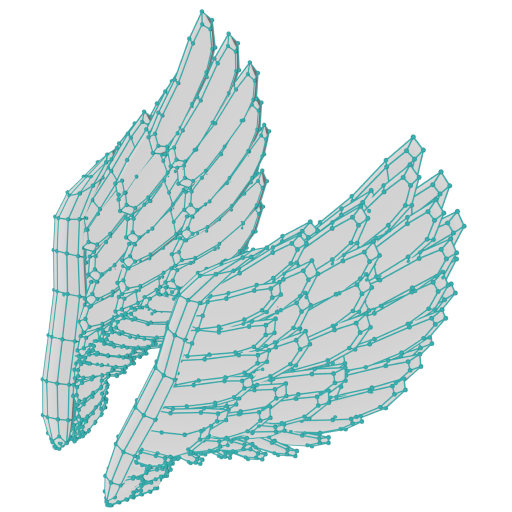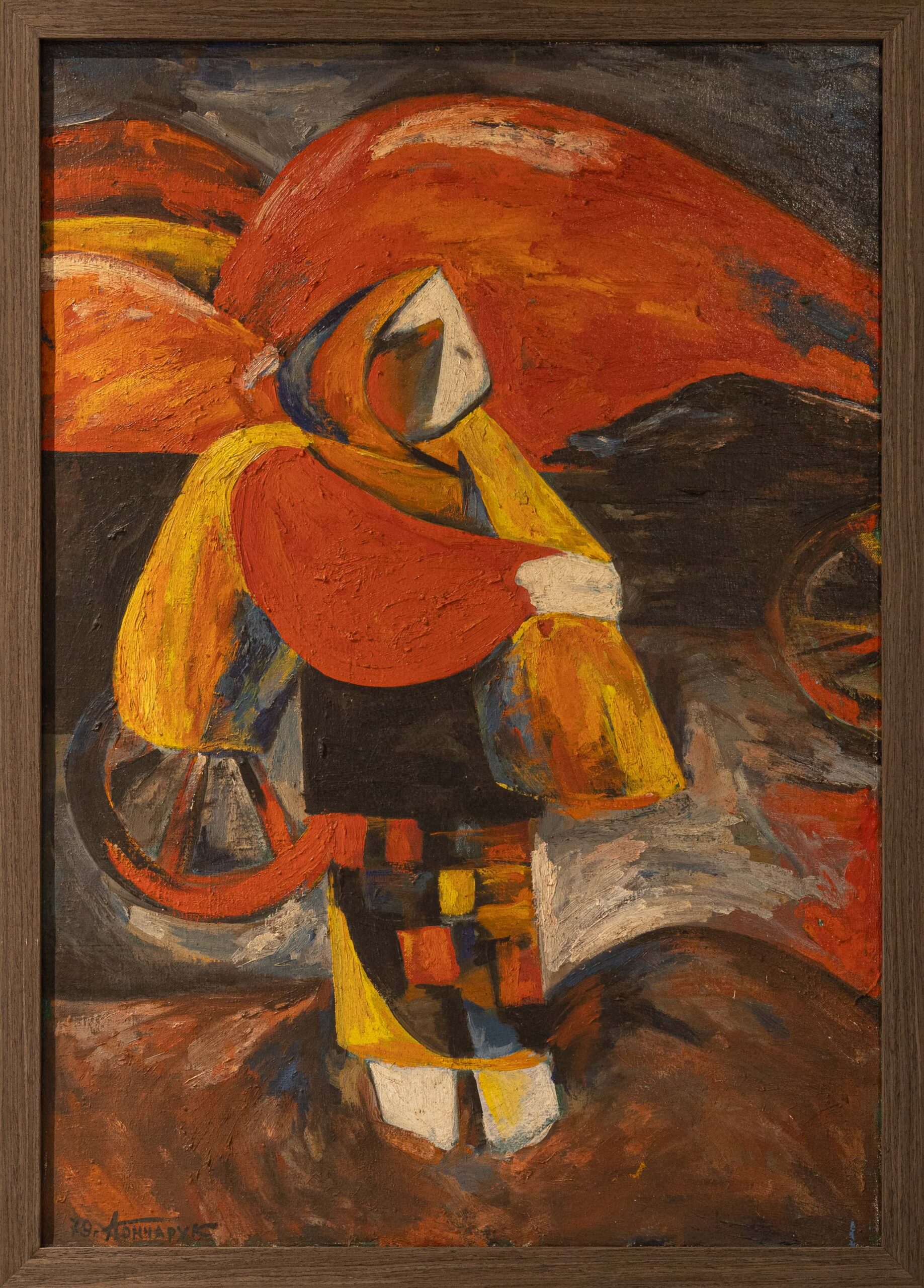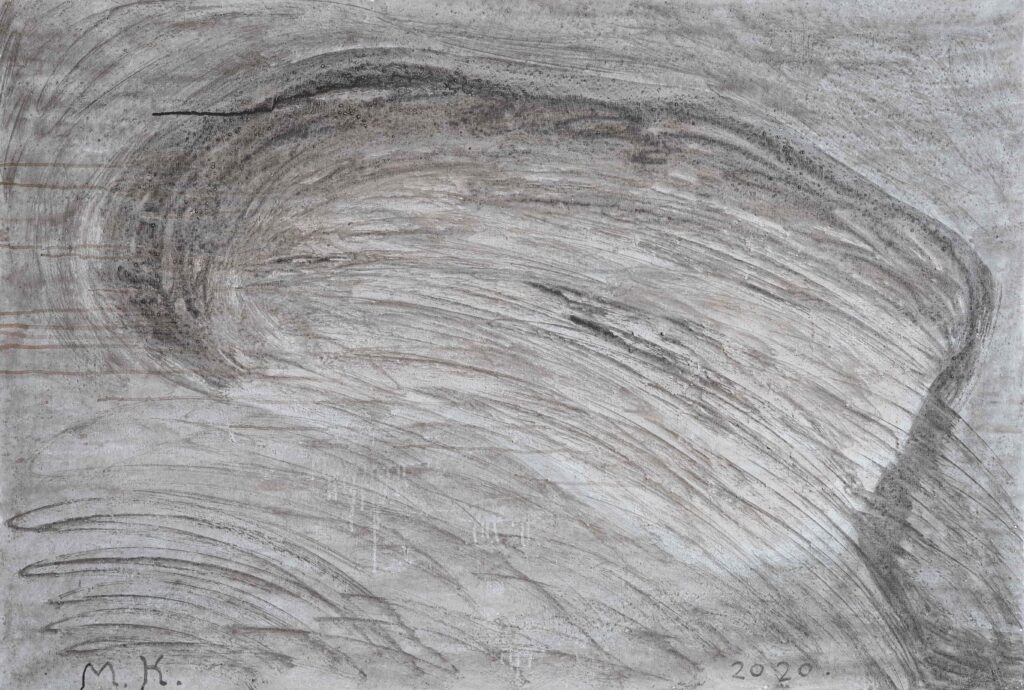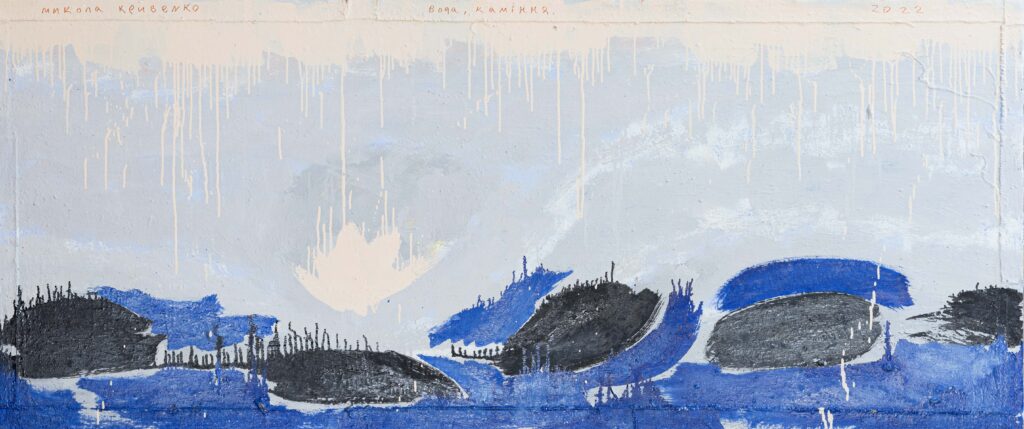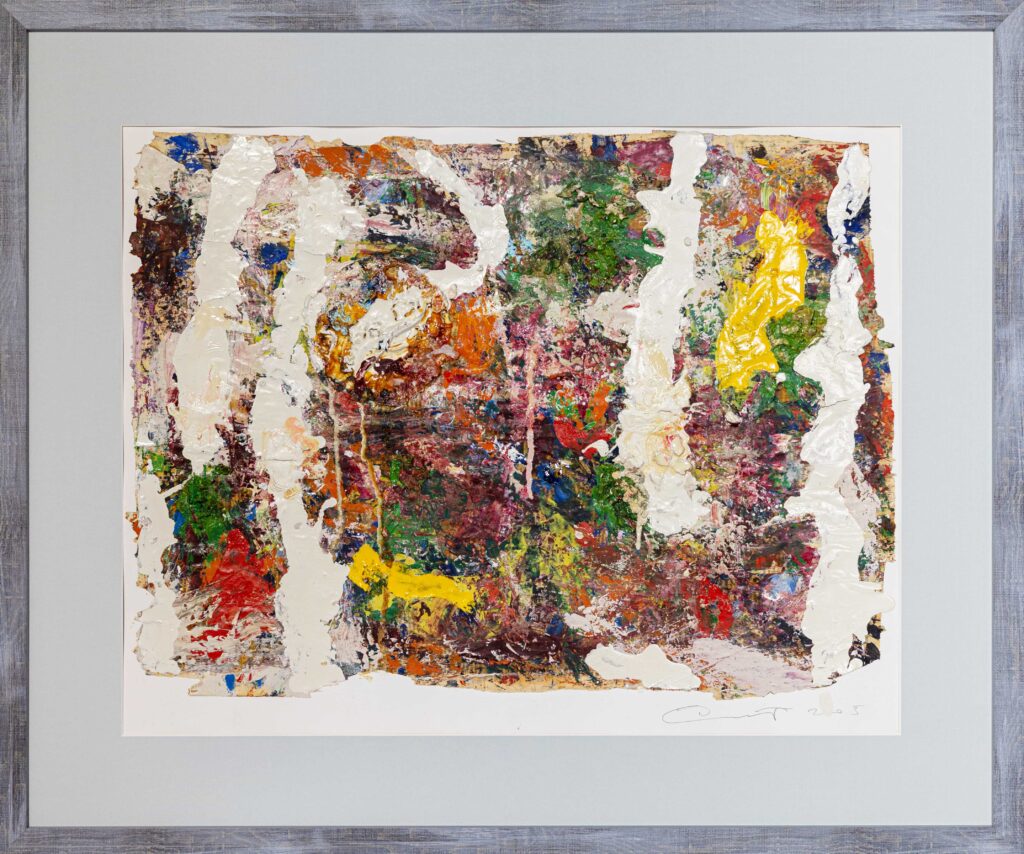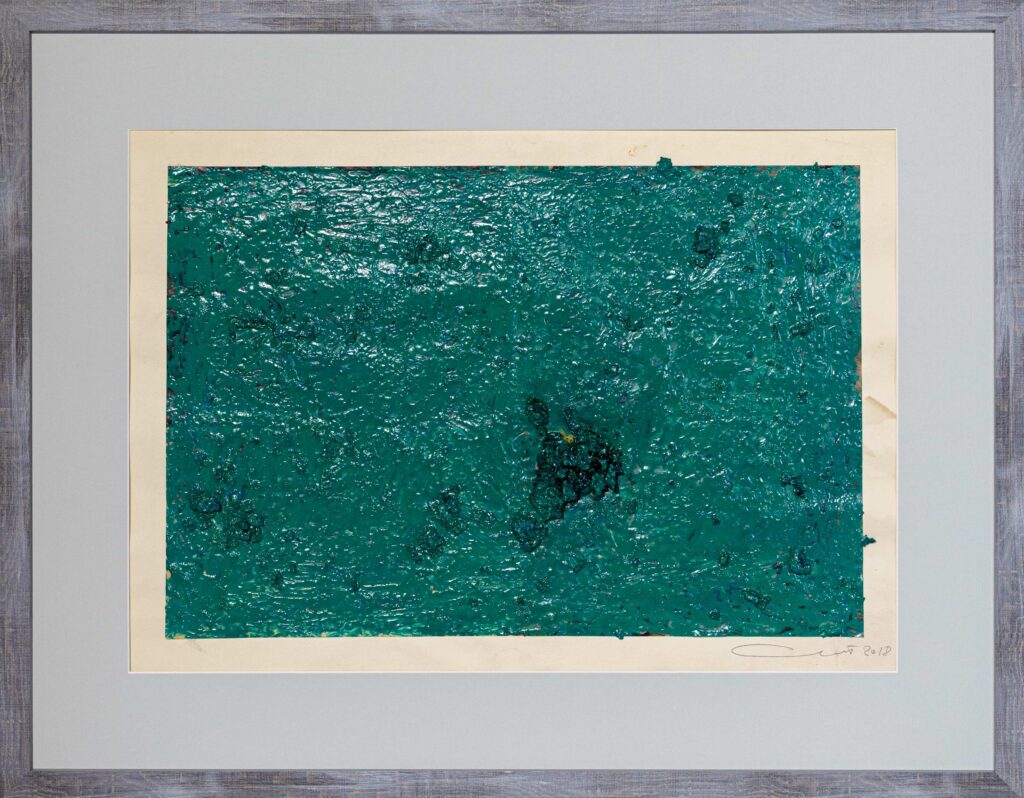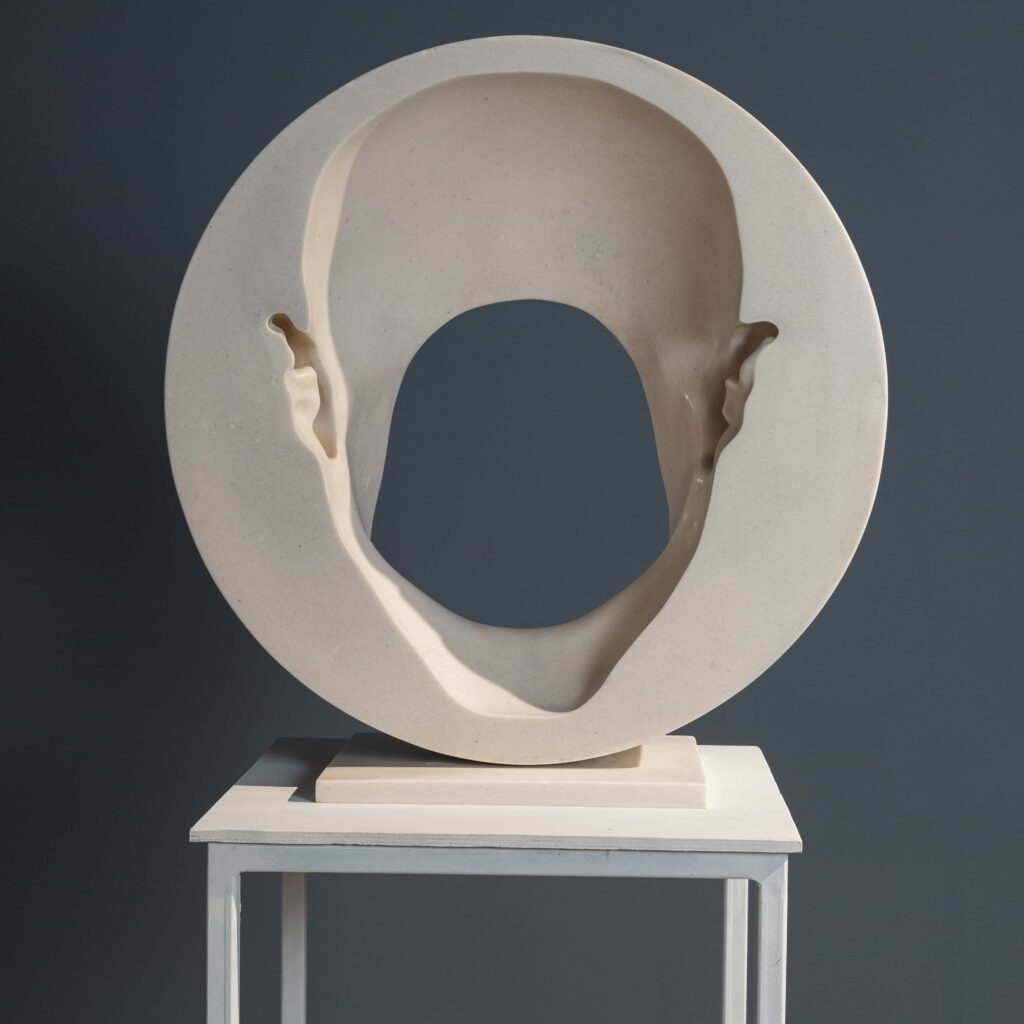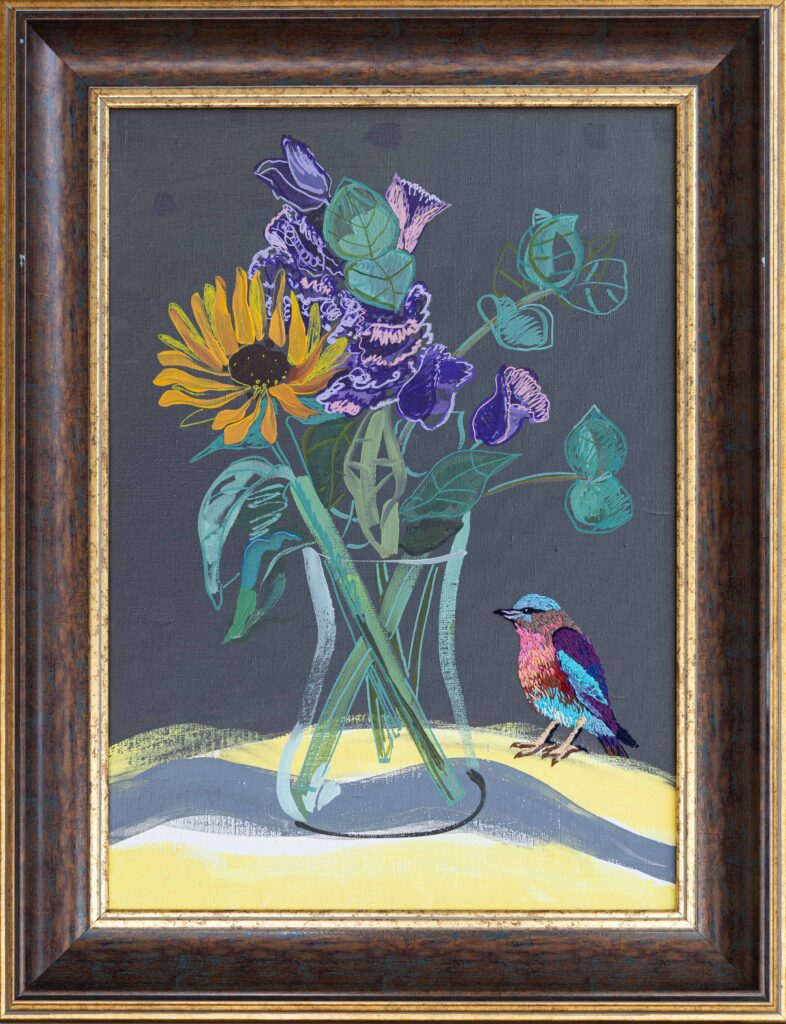- Home
- /
- Алла Гончарук «Жінка з Карпат», 1979
Lot №18
Alla Honcharuk
"Woman from the Carpathians"
1979
canvas, oil
85x60 cm
Estimates: $1 500 - $2 000
Стартова ціна 1 000$
Artwork Description
Alla Honcharuk (1947) is a Ukrainian artist who works in an expressive painting style. In the 1970s, she fundamentally disregarded the rules of the Soviet situation to reveal the themes of humanism, faith, hope, and honesty. In all her plots, Alla Honcharuk brings up the problem of humans in society, cityscapes, still lifes, genre scenes, and symbolic compositions. Among her stylistic references are post-impressionism, ancient icon painting, German expressionism, and the work of the Armenian artist Minas Avetisyan. Her manner is characterized by a limited palette of primary colors: red, blue, yellow, and black. Due to contrasts and rich colors, the artist is included in the "strict style" - the direction of realistic Soviet painting of the 1960s. Her works have been exhibited at Ukrainian and international exhibitions since 1978. Currently, her works are stored in the Lviv Art Gallery, the National Museum in Lviv named after A. Sheptytsky, and the Khmelnytskyi Art Museum.
The artist created the work "Woman from the Carpathians" under the impression of student ethnographic practice in the Carpathians in the summer of 1973: the large-scale symbolism of the mountains, the authenticity of the Hutsul culture faded under the needs of the urbanized world, folk craftsmen lost their deep connection with the sources of ancient crafts. The woman in the picture conveys the feeling of being unable to fit into someone else's imposed social structure. Her feet are rooted in her native land, but she stands uncertainly, looking obliquely into the distance at the city where she descends. Behind her, the mountains are burning red - in her past are the strength and stubbornness of the original Hutsul spirit. In front of her is a valley flooded with black - her present is drowning in the hustle and bustle of the city, new complex relationships between people.
